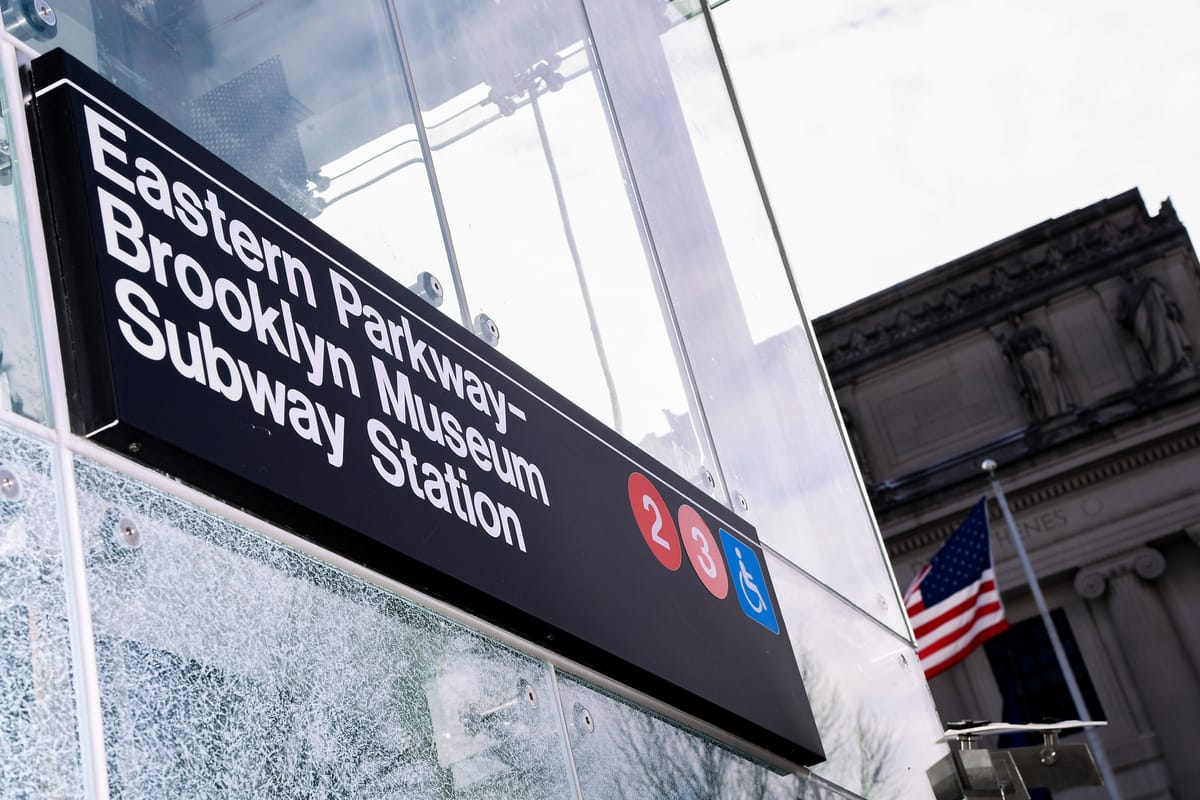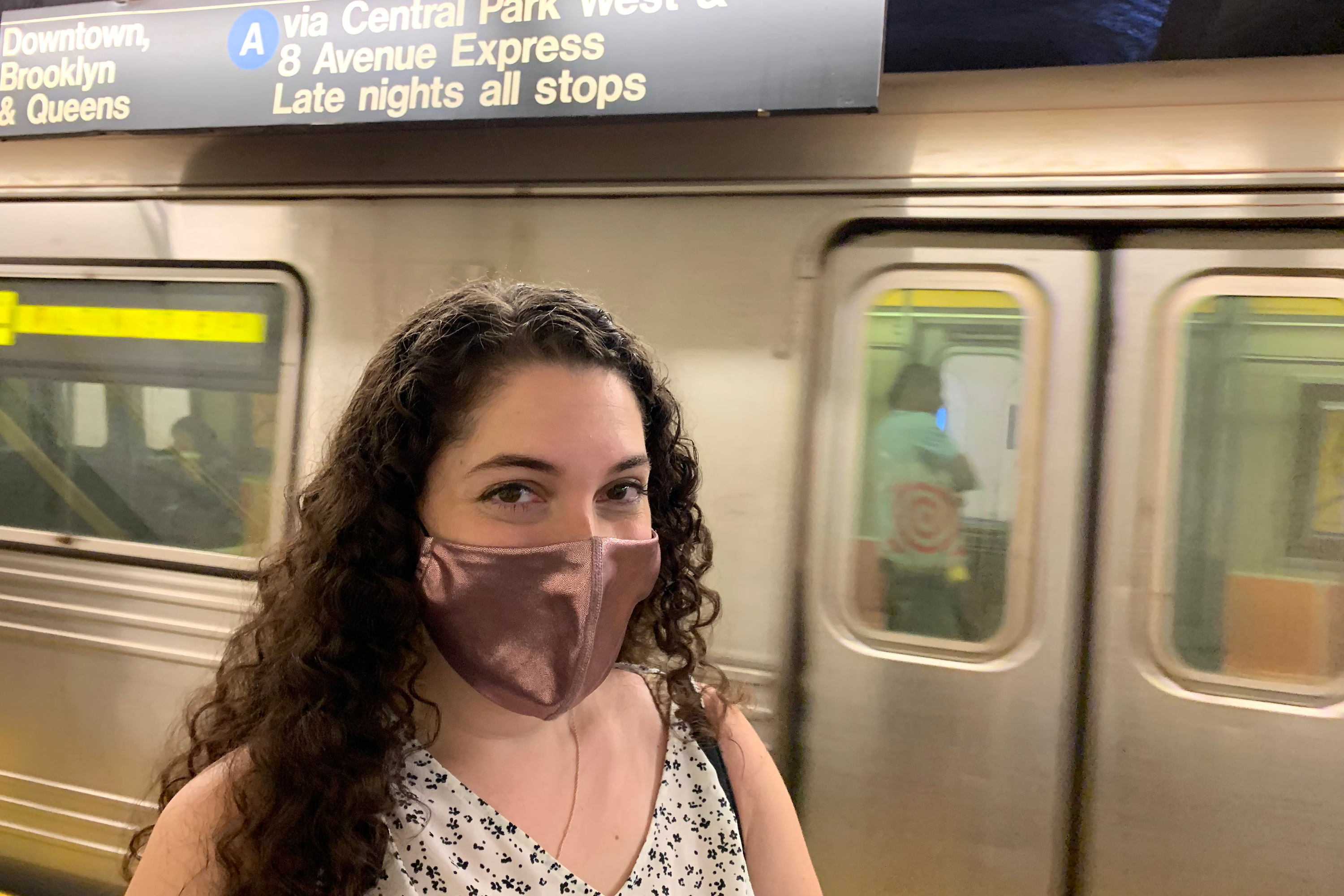Subway Trips Canceled Over Staff Shortages Soar to a Pandemic High
The MTA has turned to overtime to fill some staffing gaps, while riders receive apologetic messages saying, “We’re running as much service as we can with the train crews we have available,” writes THE CITY's Jose Martinez.

By Jose Martinez, THE CITY. This article was originally published by THE CITY

Straphangers suffered through more than 10,600 canceled subway trips in June due to a shortage of train crews, according to internal MTA records obtained by THE CITY.
New York City Transit hadn’t scrapped that many trips in a month due to a lack of train operators or conductors since the early days of the pandemic, in March 2020, when more than 12,000 runs were eliminated as employee illness rates spiked and ridership plummeted.
At the top of the heap were the A and the No. 1.
The internal data reveals that the A line lost nearly 950 trips last month due to crew shortages. Dispatchers on the No. 1 had to scratch more than 850 runs — while the B, E, and G lines had fewer than 300 canceled trips in June.
“It happens pretty much every day, so I can’t really have a set commute schedule,” said Berlady Cancel, 29, a nurse who was traveling on the A to 168th Street from 125th Street. “It’s always unpredictable.”
The surge in canceled trips because of staffing shortfalls was first reported by THE CITY in January, when more than 4,200 trips were lost because of a workforce thinned by retirements, illness and a long-running hiring freeze.
That figure has since more than doubled, even as office occupancy climbs and the MTA ramps up hiring. The worker shortage has even extended to bus service, causing a lack of vehicle operators.
“You take the retirements and all these other personnel moves and it’s just a huge deficit in personnel as far as moving trains,” Eric Loegel, a Transport Workers Union Local 100 vice president, told THE CITY. “It’s no wonder why there’s a record number of cancelations at this point.”
That figure peaked last month when the subway system also hit a COVID-era high of more than 2.5 million daily riders. Meanwhile, the MTA resumed hiring and training for a pared-down subway workforce that has shed more than 2,600 jobs since 2019.
A Slow Return
But with New Yorkers increasingly returning to their workplaces, the union for transit workers warned riders are likely to encounter more commuting headaches until the MTA plugs its hiring gap — which also includes a shortage of subway tower operators and dispatchers, according to internal “personnel strength” reports reviewed by THE CITY.
“It’s going to take time to train our new personnel,” Loegel said. “It takes about two to three months to fully train a conductor and seven to eight months to fully train a train operator.”
With the MTA’s finances in tatters after ridership fell by more than 90% during the peak of the pandemic, the transit agency went months without hiring new classes of train operators and conductors.
“Since March of 2020, there have been over 300 employees that have retired among the conductors, train operators and tower operators,” Loegel said. “And we certainly have not hired over 300 people in that time span.”
‘Returning to full staffing will not happen overnight.’
The MTA received billions of dollars in federal funding to cover revenue shortfalls during the pandemic, and a spokesperson said the agency has resumed “onboarding new employees as quickly and efficiently as we can.”
“Returning to full staffing will not happen overnight,” said the spokesperson, Andrei Berman. “As every transit agency across the country knows all too well, hiring freezes are always exceedingly difficult to dig out of, but they are also always preferable to layoffs of essential workers.”
The MTA has turned to overtime to fill some staffing gaps, while riders receive apologetic social media updates saying, “We’re running as much service as we can with the train crews we have available.”
There were more than 220,000 scheduled subway trips in June, according to sources.
After the A and the No. 1, the No. 7 and the N/W lines were the next-hardest hit, with each having to cancel more than 700 trips in June, records show.
‘It’s Hot Down Here’
Berman said the transit agency expects riders will notice “substantial improvements” in the coming months.
“We have no doubt we will be able to continue to move New Yorkers with safe, efficient and robust service as the city continues its recovery,” he said.
While waiting for an A train at 181st Street on Thursday morning, Becca Shulbank-Smith said she keeps in mind that the MTA is trying to hire workers like many other businesses emerging from the pandemic.

“I’m not a person who gets my feathers ruffled easily, so for me it’s like, ‘Oh OK, I guess I’m waiting today and I’ll be a little late to work,’” said Shulbank-Smith, 30. “It’s happening everywhere, it’s not just my train line — everybody’s experiencing the same thing.”
But Syeed Murray, 35, who was waiting for a No. 1 train at 168th Street Thursday morning, took a somewhat less philosophical view.
“You get a lot of longer wait times and it’s hot down here,” he said. “I’m almost late to work right now.”
THE CITY is an independent, nonprofit news outlet dedicated to hard-hitting reporting that serves the people of New York.




